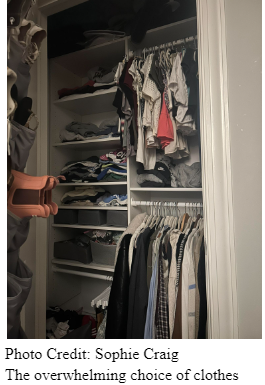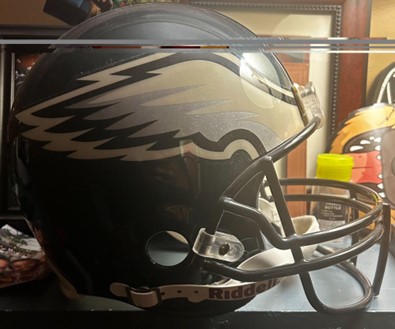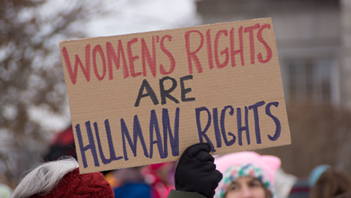
School uniforms have rightfully so, skyrocketed in popularity in the United States. They not only level the playing field for all socioeconomic classes but also make the school safer and more united. According to Statista from 2008 to 2018 they have grown 30 percent. Ever since 1969 when the argument was presented to the U.S. Supreme Court, both private and public schools have held the right to enforce the rule.
Those opposed to the growth towards progression usually come at it with the idea that uniforms automatically result in the squashing of freedom of speech which goes against our First Amendment right. This results in students having missed chances to express themselves and make connections. Liam Gore, a senior at Damien High School, in California, is no stranger to uniforms. When discussing his feelings toward the restrictions it puts on him, he claimed, “I love my style and hate the fact that I cannot express myself in a place where I spend the majority of my time.”
Despite this being such a big concern there are plentiful ways students can get this chance to exhibit themselves. Uniforms have more beneficial impacts than drawbacks for many schools. Not only are they an expression of preparedness and raise students’ self-esteem and pride in a community but check boxes when it comes to safety. As one principal put it, gang members and intruders don’t wear uniforms (Bhattarai 2019). Not only would it help with overall safety and keeping everyone safe from outside threats, but it is proven that uniforms contribute to a lower rate of substance abuse and gang activity. When talking to current senior, Kate Unzicker who is all for the uniforms. Kate is a senior with late arrival and inquired, “Don’t you think with uniforms it is possible that more entrances to the school and easier ways in would be accessible?”
Schools like Pennridge can test these waters by having uniforms made and making them mandatory on specific days. There are still ways to express yourself with “dress-down” days and outside school activities. These “dress-down” days are days when students can wear their clothes to school and have the chance to show who they are through their clothes. This way we can see the differences in behavior that come with uniforms.
Sources:
https://www.statista.com/statistics/896612/share-of-children-wearing-school-uniforms-us/




